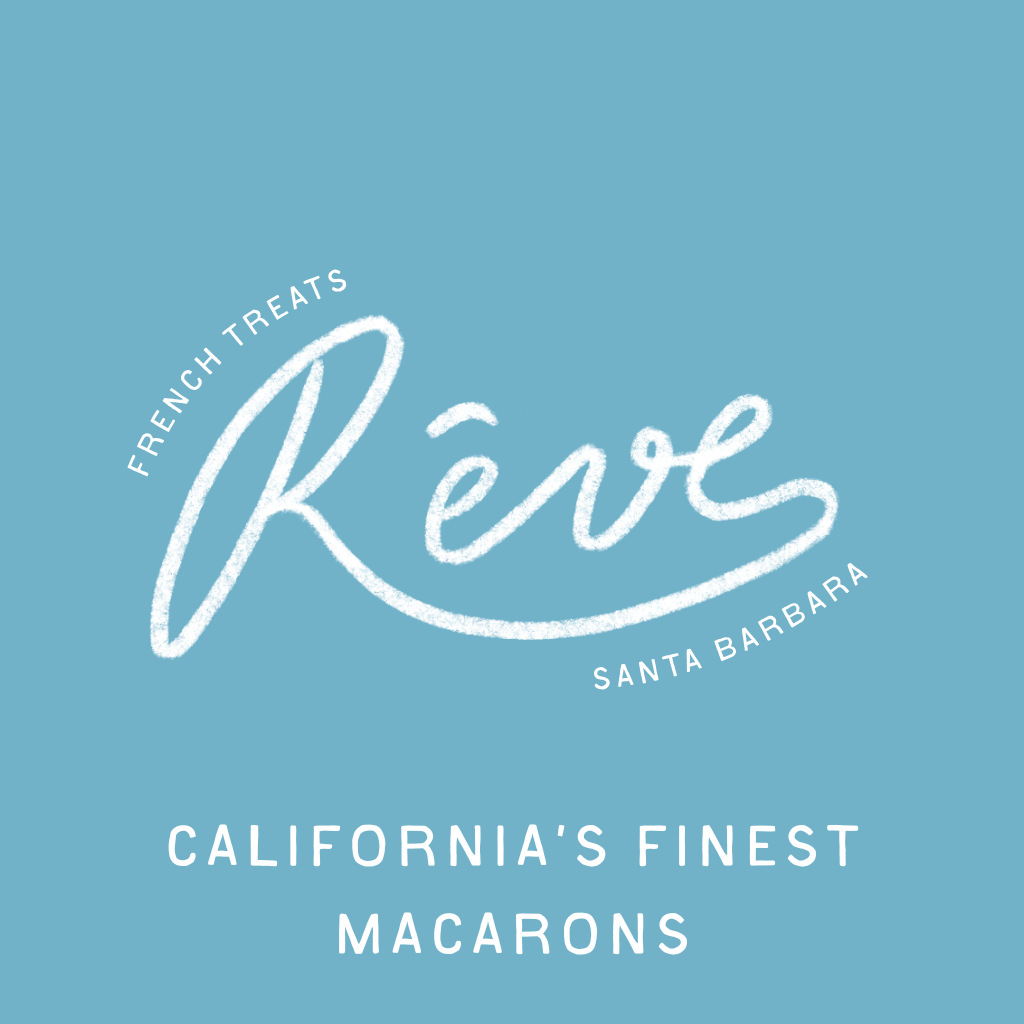What’s in a Color? A Note on Food Dyes in Macarons
As a pastry chef who creates French macarons from scratch, I often get questions about how I achieve particulat colors. It's a great question—because behind every pretty pastel shell, there’s an important conversation happening about food safety, regulations, and responsibility.
At Rêve Patisserie, I do use artificial colorants—but always in very small, thoughtful amounts. I follow the more conservative guidelines set by the European Union whenever possible, even though I operate in the U.S., where regulations are more lenient. Why? Because I believe that just because we can use something doesn’t always mean we should.
Take white macarons, for example. You’ll never find a truly white macaron in my boxes—and that’s intentional. Achieving that stark, pure white typically requires titanium dioxide, an additive I choose not to use. When making macarons without colorants, the natural almond flour lends a subtle yellow tint to the batter. Instead of masking it with harsh whiteners, I add a tiny hint of purple to balance the tone. The result? A soft, elegant off-white macaron—beautiful, natural, and free of unnecessary additives.
I’ve also experimented extensively with natural food colorings. While I love the idea in theory, macarons are delicate:
• Some natural colors can’t tolerate oven heat.
• Others fade during the maturing process in the freezer.
• And some introduce unwanted flavors.
So while I continue testing, I’ll never compromise taste, texture, or quality for trend.
A recent moment underscored this philosophy: two sales reps visited to pitch me on a line of frozen pastries—including macarons—manufactured in the Philippines. Their brochure listed two versions of the exact same product, one for the EU and one for the U.S. The only real difference? The type of food dyes used. That confirmed what I already suspected: when regulations fall short, it’s up to us—chefs, small business owners, and consumers—to set higher standards.
If you're a pastry lover, thank you for supporting careful craftsmanship. If you’re a café or business owner looking to source macarons, I encourage you to work with someone local who takes pride in every ingredient—no shortcuts, no preservatives, no banned or questionable dyes.
Let’s talk about wholesale partnerships
With care,
Julie
Founder, Rêve Patisserie


